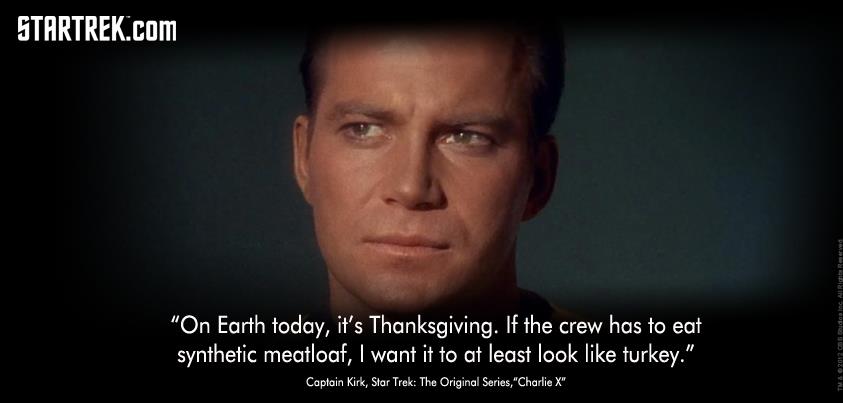The Thanksgiving holiday has sprung two recent trends: “Blackout Wednesday” and “Danksgiving.”
Thanksgiving is the deadliest holiday on our roadways. From 2013 to 2017, more than 800 people died in alcohol-impaired driving crashes during the Thanksgiving holiday weekend.
Blackout Wednesday (also known as Black Wednesday, Drinksgiving, Thanksgiving Eve, Wacky Wednesday, Whiskey Wednesday, Awkward Wednesday, or Big Wednesday) is the night before Thanksgiving. It is associated with binge drinking since very few people work on Thanksgiving, and most university students are home to celebrate the Thanksgiving holiday with their families. In suburbs of Chicago particular, Blackout Wednesday is sometimes a more popular partying night than even New Year’s Eve or Saint Patrick’s Day. In some cities, it is the top drunk driving night of the year.
Danksgiving meals are prepared, often some spin-off of Thanksgiving foods but typically with marijuana and/or alcohol incorporated into the ingredients. Pot brownies, potatoes with cannabutter, cranberry jello shots, vodkamelons, and of course the Danksgiving Turkey are cooked and then consumed all at once during the traditional Danksgiving Feast.
Thanksgiving is one of the busiest travel times of the year as family and friends drive from faraway places to come together and share delicious food and make treasured memories. Celebrate the holiday by watching parades with grandma, playing backyard football with the cousins, and splitting that last piece of pumpkin pie with your uncle – but have fun safely. Don’t make the reckless decision of driving while under the influence of drugs or alcohol.
This Thanksgiving, it’s important to remember that drug-impaired driving is more dangerous than drunk driving. Prescription drugs like blood pressure medications and some over-the-counter drugs like Sudafed can interfere with your brain’s ability to properly function. Overuse of these drug use can negatively impact your motor coordination and reaction time—both critical aspects of safely operating a vehicle. It’s deadly to drive while drug-impaired, and it puts you, your passengers and other road users at risk of serious injury or death. In 2015, 42 percent of tested drivers who were killed in crashes were found drug positive, a four percent increase from 2014.
